Data acquisition systems, shortened to DAS or DAQ, are systems designed to convert analog waveforms into digital values, so that they can be used for processing. In other words, they take abstract data and record it in such a way that humans can interpret it and use it. Read More…
Since our inception, SAKOR has led the market in the development of data acquisition and controls technology. For over 29 years, we have been providing quality products and superior customer service to a variety of markets including marine, automotive, aerospace, military, applicances, and more.
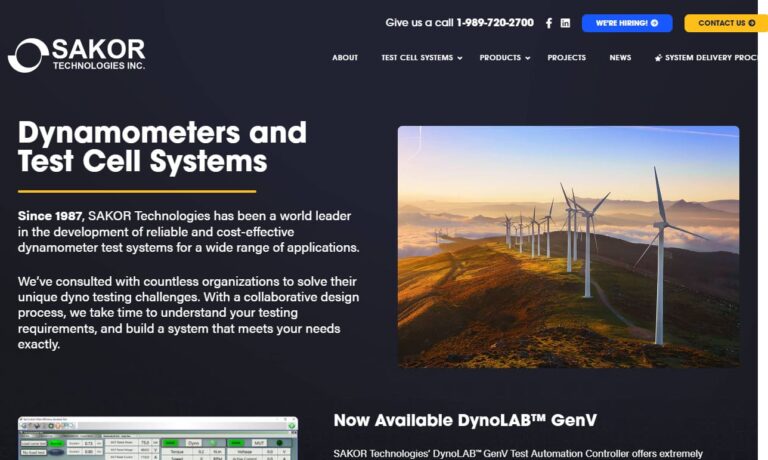
Dewetron data acquisition instruments feature MULTI-DOMAIN measurement capability. That means that they handle not only analog sensors of every type, but also you can record VIDEO, CAN BUS, 1553, PCM data, ARINC data ... and more.
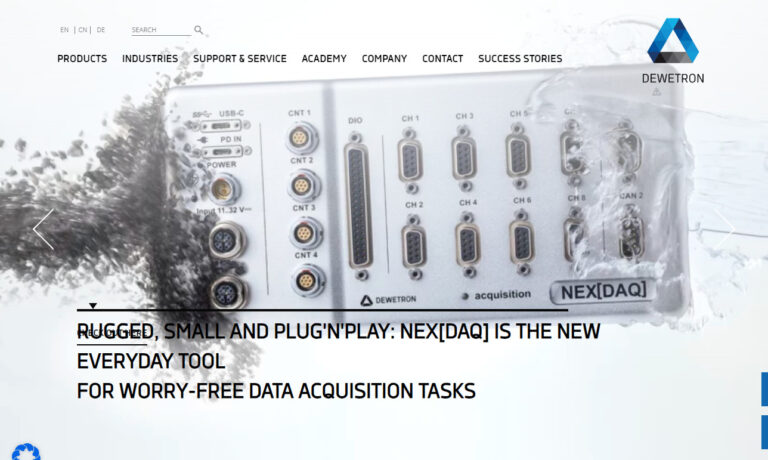
Onset offers a wide range of USB-based stand-alone data loggers for indoor, outdoor, and underwater monitoring applications. Well suited for rapid deployment, our battery-powered data loggers and weather stations are used to measure a wide range of parameters including temperature, wind, humidity, and many others.
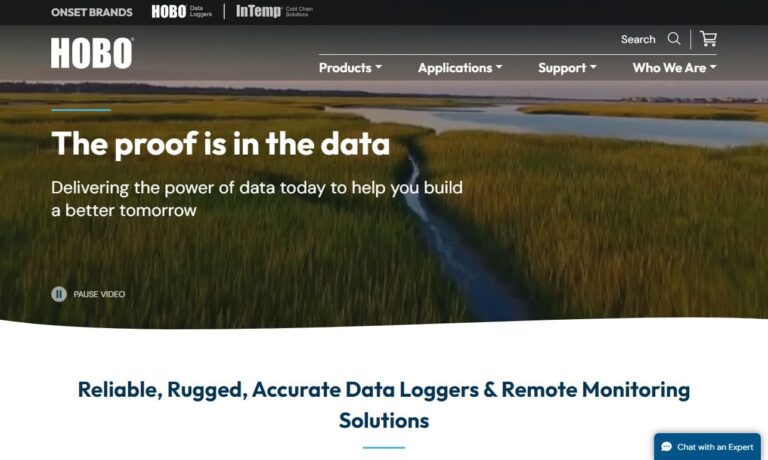
Custom data acquisition systems are engineered and fabricated by our expert staff. We also make data acquisition product to convey temperature and stress information from engines; rotating equipment or machinery; engine combustors; gas pipeline turbines; or what applies to your application.
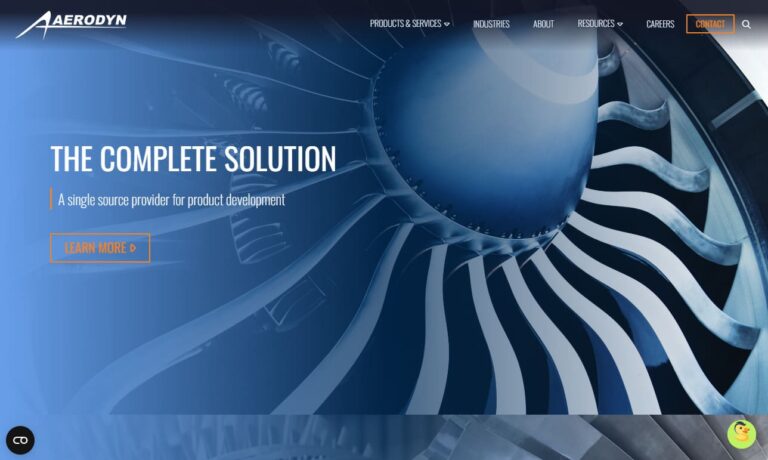
More Data Acquisition System Companies
Applications
Data acquisition systems, shortened to DAS or DAQ, are systems designed to convert analog waveforms into digital values, so that they can be used for processing. In other words, they take abstract data and record it in such a way that humans can interpret it and use it. Industries that make use of this technology include aerospace, medicine, wastewater services, and industrial manufacturing.
Within these industries, operators of DAQ software and instruments use them for tasks like data measurement, monitoring, and recording. In addition to allowing manufacturers to read data, data acquisition systems allow them to test a wide variety of technical products and make informed process adjustments. Operators can use DAQ software to input data about virtually anything, from gas pressure to voltage.
Typical data acquisition software applications include flight data acquisition, structural dynamics test systems, local electronic data capture systems, and data collection via PC-based systems and chart recorders. Another common data acquisition application is the use of central web-based systems for clinical trial data, such as the collection of wastewater toxicity and treatment response data. In general, operators most often use data acquisition systems to conduct measurement and testing for field studies, research, and product troubleshooting.
History
Data acquisition systems have been around since the 1960s, when creators at IBM developed the first computer-hardware machines. They put out their first official data acquisition machine in 1963. They called it the IBM 7700 Data Acquisition System. Just one year later, they released the 1800 Data Acquisition and Control System. Unlike the IBM 7700, this system featured a component for disk storage.
The next innovation in data acquisition came in 1981, once again from IBM. It was that year that IBM released the first data acquisition system combined with PC (personal computer) technology. They called this new system the IBM Personal Computer and Scientific Solutions.
Since then, data acquisition systems have become much more advanced. Engineers continue to make them smaller, simpler, and much more powerful. Contemporary data acquisition systems are almost always electronic. They are also almost always designed to process multiple input channels at once. The data acquisition system market continues to grow every year.
How It Works
The process of data acquisition involves the sampling and converting of electrical or physical phenomenon or property into data and inputting the data into a computer. Examples of such phenomena and properties include voltage, current, sound, fluid flow, gas pressure, force, temperature, and light intensity.
- Regardless of what the system is converting, all data acquisition systems follow the same basic procedure:
- To begin, data acquisition sensors must gather the data.
- After gathering the data, the sensors will output it on to signal conditioning circuitry, which converts the data into an analog input.
- From there, analog-to-digital converters convert the analog signal data into a singular digital form.
- Once the data has been converted into a singular form, the system inputs it into the software. From there, it can be accessed and controlled by data acquisition software.
Data Acquisition Software Programs
When it comes to software programs used by data acquisition systems, there are several options available. Pascal, Lisp, BASIC, C++, LabVIEW, and Java are commonly used programming languages in this domain. Pascal and Lisp were historically popular in the early days of data acquisition due to their simplicity and ease of use. BASIC, a beginner-friendly language, was also widely utilized for data acquisition applications. As technology advanced, C++ became a prominent choice due to its efficiency, control, and extensive libraries for hardware interfacing. LabVIEW, a visual programming language, gained popularity for its intuitive graphical interface, making it easy to create complex data acquisition systems. Java, known for its platform independence, has also found application in data acquisition, offering flexibility and portability across different operating systems.
Each programming language has its own strengths and areas of application within data acquisition systems. Pascal, Lisp, and BASIC are suitable for simple data acquisition tasks and rapid prototyping. C++ provides low-level control and performance optimization for demanding applications. LabVIEW’s visual programming paradigm is well-suited for creating user-friendly interfaces and complex data processing workflows. Java offers platform independence and can be beneficial in multi-platform environments. The choice of software program depends on the specific requirements of the data acquisition system, the complexity of the application, and the familiarity of the developers with the programming language.
Types
There are a variety of ways by which researchers may collect data. Two of the most common methods of data acquisition are personal computer (PC) data acquisition and universal serial bus (USB) data acquisition. Another major type of data acquisition system is the supervisory control and data acquisition (SCADA) system.
PC data acquisition is a term that covers all data acquisition systems and devices that require a connection to a host computer to properly download collected information and generally operate. Most data acquisition systems employ some sort of PC method.
USB data acquisition, the other common method of data acquisition, technically employs PC data acquisition, because the USB device works by plugging directly into a host computer. USB data acquisition, however, is still a method of its own. It uses the USB device, which is a serial bus that today is a staple for connecting and maintaining conversation between data acquisition devices and their host controllers, which are usually computers.
USB data acquisition systems feature many attractive characteristics, such as higher bandwidth (up to twelve megabytes per second) and the ability to provide power to peripheral devices. In addition, because USB devices are used as a power supply, they only need one cable in order to be linked to a computer, usually via a USB port.
SCADA systems are complex systems that use a myriad of devices and programming to control, handle, and command systems. With them, operators can oversee large multiple sites dispersed over long distances. However, experts are concerned that they can be vulnerable to cyberattacks.
To supervise and control processes, they use a mix of devices and software, including computer ports (serial ports, USB ports, parallel ports, etc.), graphical user interfaces, and networked data communications. To interface with machinery or process plants, SCADA systems can also use devices like discrete PID controllers or programmable logic controllers (PLC). To perform real-time calculations, they use remote terminal units (RTUs) and networked modules connected to actuators and sensors out on the field.
Equipment Components
Three important components of data acquisition systems include sensors, signal conditioning circuitry, and analog-to-digital converters.
Sensors are essential to the function of these systems. These tools, which are technically transducers, detect and convert physical data into electrical signals.
Signal conditioning circuitry, also called signal conditioners, provide similar conversion services, but they work one step down the line by converting the signals provided by the sensors into a more digestible form that are easier to convert into digital values.
Analog-to-digital converters are also important to the function of data acquisition systems because they provide the final step of conversion; they fully convert the sensor signals after they have been partially converted by the signal conditioning circuitry.
In addition to these, data acquisition systems may be equipped with any number of supplementary tools or devices, such as data acquisition cards, data logger software, temperature recorders, and/or remote terminal units (RTUs).
Data acquisition cards may be defined as electronic hardware that works when it is physically plugged into a computer. (A small number of data acquisition cards are able to run independently.) This type of DAQ hardware serves as an interface between the sensor signal and a computer. DAQ cards often contain multiple system components to help them carry out their duties. Examples include RAM, ADC, high speed timers, multiplexers, and TTL-IO.
Data loggers, also known as data recorders, are any devices that are able to store data. Data logging equipment includes serial communication systems and plug-in boards. Note that while data loggers may be used as a part of a whole system, they are more often used by themselves, with or without a computer connection.
Temperature recorders are in fact a type of data logger, used specifically for the measurement of physical temperature. They can be powered by digital, analog, or mechanical means and after the data has been collected and converted, it is downloaded onto a computer. Here, it can be used to help meteorologists monitoring meteorological conditions, and aid different types of laboratory research.
Remote terminal units (RTUs) , also known as remote telecontrol units or remote telemetry units, interface physical objects and phenomena with SCADA systems or distributed control systems. Controlled by microprocessors, these electronic devices control connected objects by sending messages and telemetry data to and from the master system.
Benefits
Data acquisition systems offer a range of benefits that make them indispensable in various fields and industries. Firstly, they provide the capability to collect and monitor data from multiple sources in real-time, enabling efficient and accurate data acquisition. This enables researchers, engineers, and scientists to gather valuable insights and make informed decisions based on reliable data. Data acquisition systems also offer high-speed data acquisition, allowing for the capture of rapidly changing signals and events that would otherwise be missed by manual methods. They provide the ability to store large volumes of data for later analysis, enabling retrospective studies and long-term trend analysis.
Another key benefit of data acquisition systems is their ability to interface with a wide range of sensors and instruments, allowing for the acquisition of diverse types of data such as temperature, pressure, voltage, flow rate, and more. This flexibility makes them adaptable to various applications and industries, including industrial automation, scientific research, environmental monitoring, and quality control. Data acquisition systems often incorporate signal conditioning modules that ensure accurate and reliable measurements by compensating for noise, signal amplification, and filtering.
Furthermore, data acquisition systems offer real-time visualization and analysis capabilities, allowing users to monitor data as it is being acquired and make immediate adjustments or interventions if necessary. This real-time feedback is particularly valuable in applications where quick response times are critical, such as process control or safety monitoring.
Overall, the benefits of data acquisition systems include enhanced data accuracy, increased efficiency in data acquisition and analysis, improved decision-making, and the ability to automate data collection processes. These systems empower organizations and individuals to leverage data effectively, leading to improved performance, optimization, and advancements in their respective fields.
Design Customization
Programmers can develop custom data acquisition systems tailored to a customer’s specific needs by carefully considering several variables. Firstly, they need to understand the customer’s requirements and the purpose of the data acquisition system. This involves gathering information about the types of data to be acquired, the desired sampling rates, the sensors or instruments to be used, and any specific data processing or analysis requirements.
Next, programmers consider the hardware components required for the system, such as the appropriate sensors, signal conditioning modules, and ADCs that are compatible with the data acquisition needs. They also assess the computer interface options, including the type of communication protocol (e.g., USB, Ethernet, wireless) and the necessary data transfer rates.
In terms of software development, programmers evaluate the programming language or environment best suited to the customer’s needs and their own expertise. This involves considering factors like the desired level of control, performance requirements, ease of use, and availability of libraries or frameworks for interfacing with hardware components.
Additionally, programmers take into account the scalability and expandability of the system. They design the data acquisition software with modularity in mind, allowing for easy integration of new sensors or instruments, as well as future enhancements or modifications to accommodate evolving needs.
Usability and user interface design are also crucial considerations. Programmers strive to create intuitive interfaces that enable users to configure the system, monitor data acquisition in real-time, and perform data analysis efficiently. This involves incorporating features such as data visualization, alarms, data logging, and exporting capabilities.
Throughout the development process, programmers maintain close communication with the customer, seeking feedback and incorporating any necessary adjustments or additional features. Regular testing and validation are conducted to ensure the system meets the customer’s requirements and performs reliably.
By considering these variables and collaborating closely with the customer, programmers can develop custom data acquisition systems that effectively meet the unique needs and specifications of the customer’s application, empowering them to collect, analyze, and utilize data in a way that optimally serves their objectives.
Safety and Compliance Standards and Organizations
In the United States, data acquisition systems are subject to various safety and compliance standards to ensure the integrity, accuracy, and safety of data acquisition processes. Some of the key standards and regulations applicable to data acquisition systems include:
National Instruments (NI) Data Acquisition (DAQ) Hardware Compliance: National Instruments, a prominent provider of data acquisition hardware and software, sets compliance standards for their DAQ products. These standards encompass electrical safety, electromagnetic compatibility (EMC), and environmental requirements to ensure safe and reliable operation.
National Electrical Code (NEC): The NEC, published by the National Fire Protection Association (NFPA), sets safety standards for electrical installations in the United States. It includes guidelines for wiring, grounding, and protection against electrical hazards. Compliance with NEC ensures that data acquisition systems meet electrical safety requirements.
Occupational Safety and Health Administration (OSHA): OSHA sets workplace safety standards in the United States. Depending on the specific industry and application, data acquisition systems may need to adhere to OSHA regulations regarding electrical safety, hazardous location classification, personal protective equipment (PPE), and other relevant safety guidelines.
International Electrotechnical Commission (IEC) Standards: While not specific to the United States, many IEC standards are widely recognized and adopted internationally. These standards cover aspects such as electrical safety (IEC 61010), EMC (IEC 61326), environmental testing (IEC 60068), and more. Compliance with IEC standards may be required or recommended for data acquisition systems used in the U.S. depending on the application and industry.
Food and Drug Administration (FDA) Regulations: In industries such as pharmaceuticals and medical devices, data acquisition systems may need to comply with FDA regulations. For example, in the context of clinical trials or medical research, systems that acquire and store data related to patient health or medical devices must adhere to FDA requirements regarding data integrity, security, and privacy.
It is important for organizations and developers to understand the specific regulations and standards relevant to their industry and application. Compliance with these standards ensures that data acquisition systems meet safety requirements, minimize risks, and maintain the accuracy and integrity of collected data. Consulting with experts in the field, staying up-to-date with evolving regulations, and conducting appropriate testing and validation are crucial steps in ensuring compliance with safety and regulatory standards in the United States.
ANSI (American National Standards Institute) and IEEE (Institute of Electrical and Electronics Engineers) are both organizations that develop and promote standards across various industries, including data acquisition systems. While they have distinct focuses, they play important roles in setting standards and guidelines related to data acquisition and instrumentation.
ANSI is a private, non-profit organization that coordinates the development of voluntary consensus standards in the United States. ANSI ensures that the standards it approves meet certain criteria, including openness, balance, consensus, and due process. ANSI does not directly develop standards but accredits organizations, known as Standards Development Organizations (SDOs), that have the responsibility of creating standards. ANSI-approved standards are widely recognized and adopted by industries to ensure consistency, safety, and compatibility.
On the other hand, IEEE is a global professional organization focused on advancing technology in the electrical and electronics engineering fields. IEEE develops technical standards in a wide range of areas, including data acquisition systems. For data acquisition, the IEEE Standards Association (IEEE-SA) plays a crucial role in defining standards related to instrumentation, measurement, and control. These standards cover topics such as data acquisition protocols, data formats, communication interfaces, and interoperability.
Both ANSI and IEEE standards are important references for ensuring compliance and interoperability in data acquisition systems. Compliance with ANSI-approved standards can demonstrate adherence to recognized best practices and help ensure compatibility with other systems and components. Similarly, following IEEE standards can provide guidance on technical specifications, data interchange, and system integration in data acquisition applications.
In summary, ANSI and IEEE are organizations that contribute to the development and adoption of standards relevant to data acquisition systems. While ANSI focuses on standards development and accreditation, IEEE specifically addresses technical standards in electrical and electronics engineering, including data acquisition and instrumentation. Compliance with ANSI and IEEE standards helps ensure safety, compatibility, and reliability in data acquisition system implementations.
How to Choose the Right Manufacturer for You
If you are interested in acquiring DAQ software or using data acquisition system services, you need to connect with an experienced DAS service supplier. To help you find a high-quality partner, we have put together a list of several data acquisition system suppliers we trust. You will find their information by scrolling up towards the middle of this page.
Before you begin looking over the suppliers we have listed, we recommend you take some time to consider your application requirements and write them down. Think about what you need to measure, if you need to control it, etc. Also consider specifications like your budget, your timeline, applicable safety and compliance standards, your delivery preferences, and your post-delivery support preferences (installation assistance, training, etc.).
After you have written down all of these specifications, you will be ready to check out the suppliers we have listed on this page. Use your specifications list as a guide; compare and contrast what you are searching for with what each supplier offers. Pick out three or four suppliers that you are interested in, then reach out to customer service representatives from each. Using your list once again, this time as a conversation guide, discuss your application at length. After you have spoken with each of them, decide which service provider offers the right solutions for you. Remember, the right solutions rest not only on a price that works for you, but also the services and customer care that works for you. Once you have figured out which manufacturer provides these things, get started with them. Good luck!

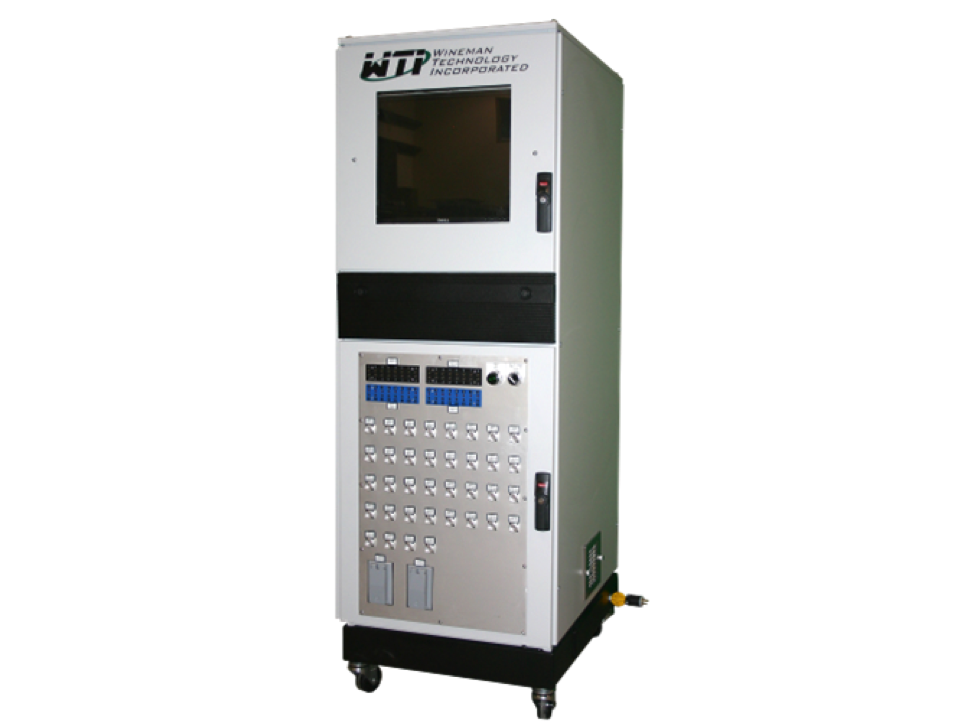
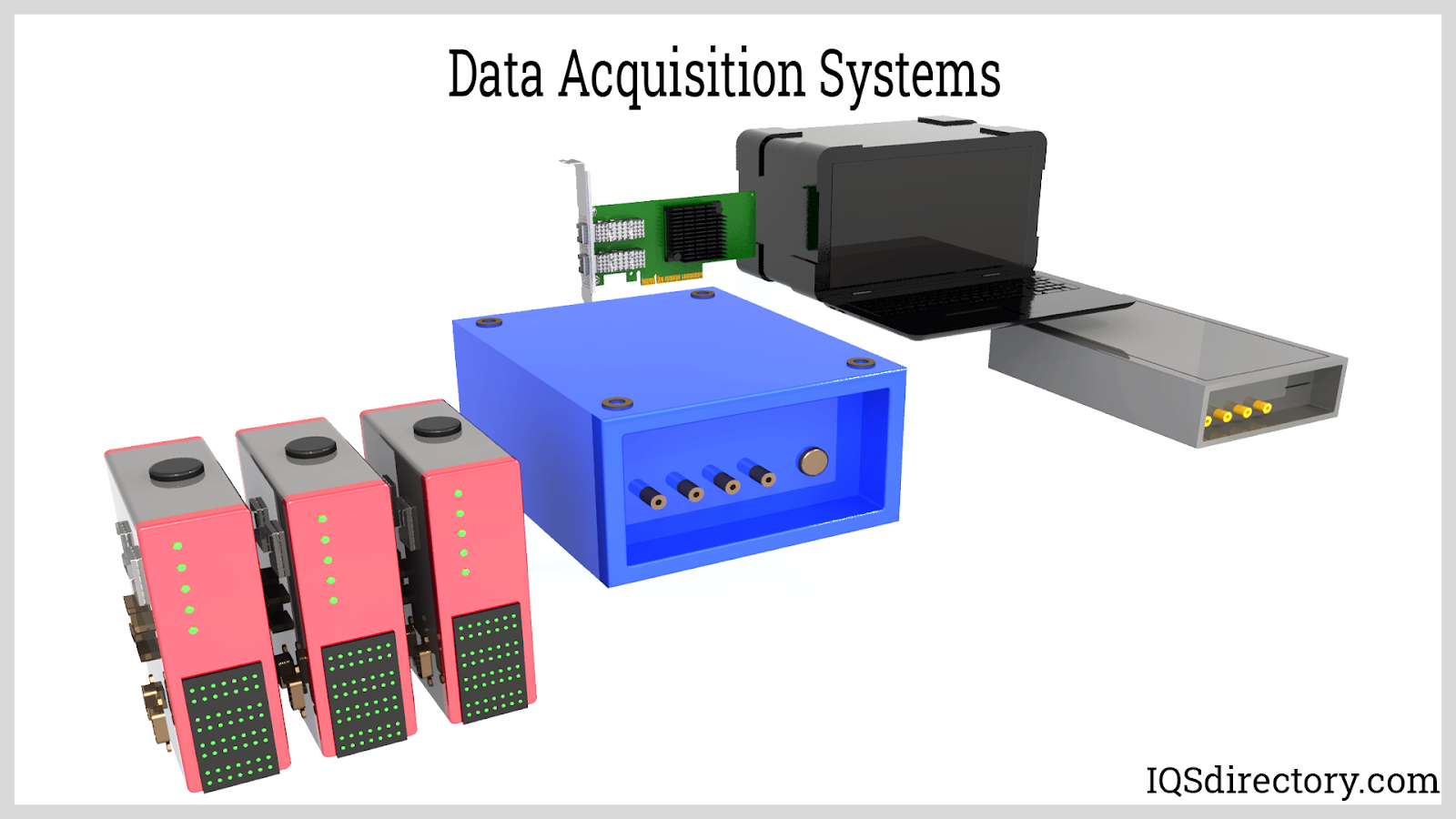
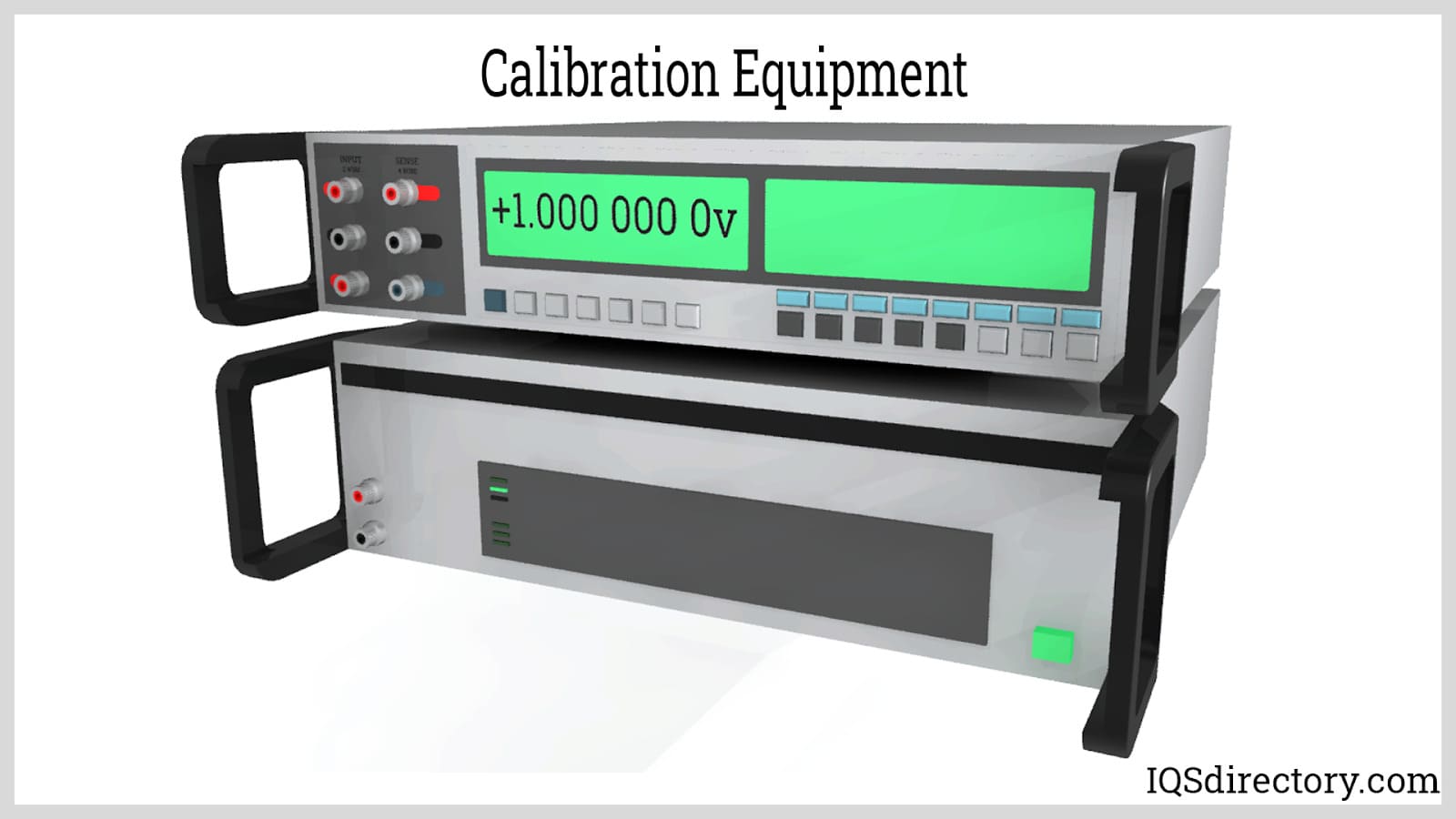
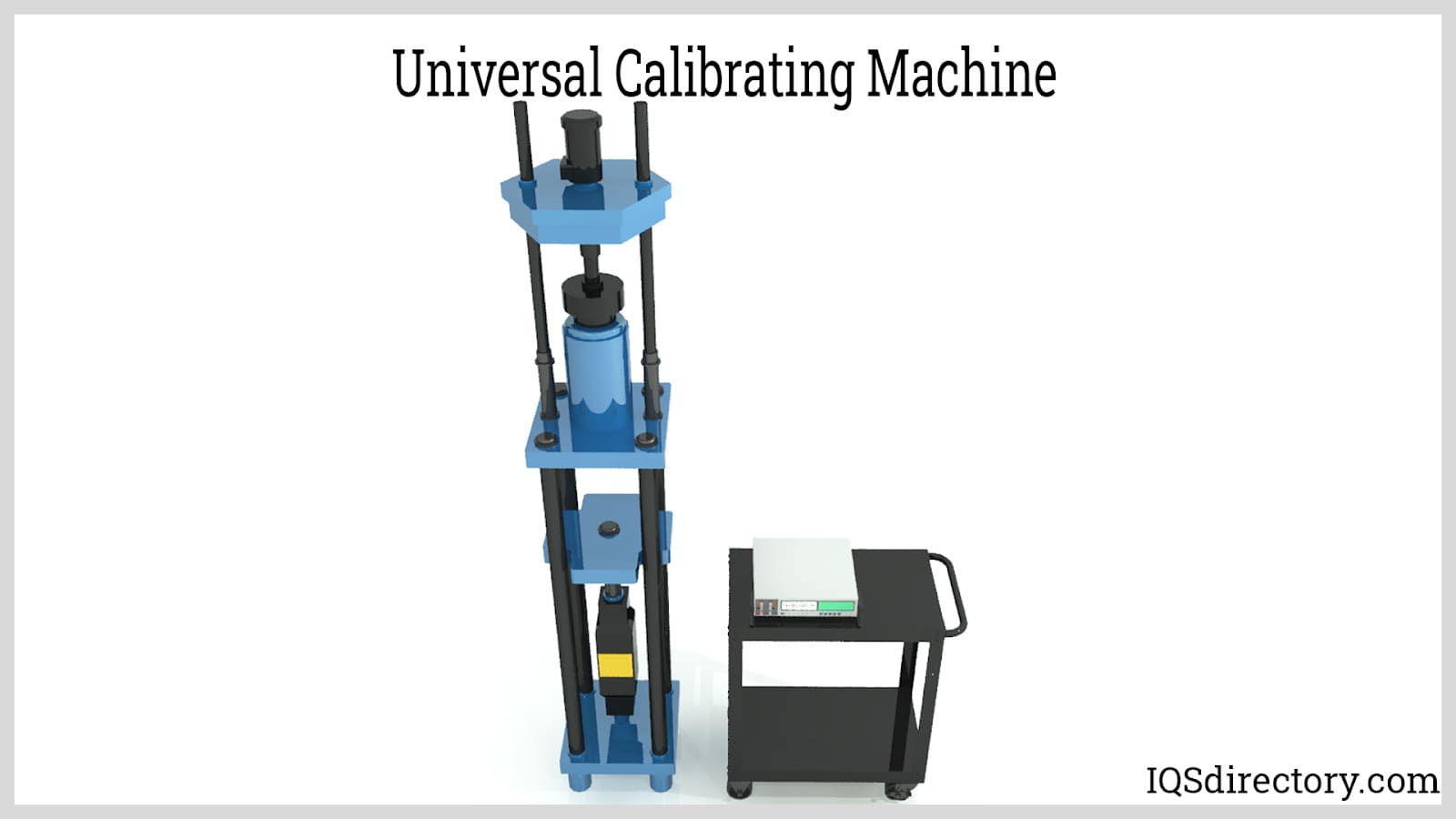
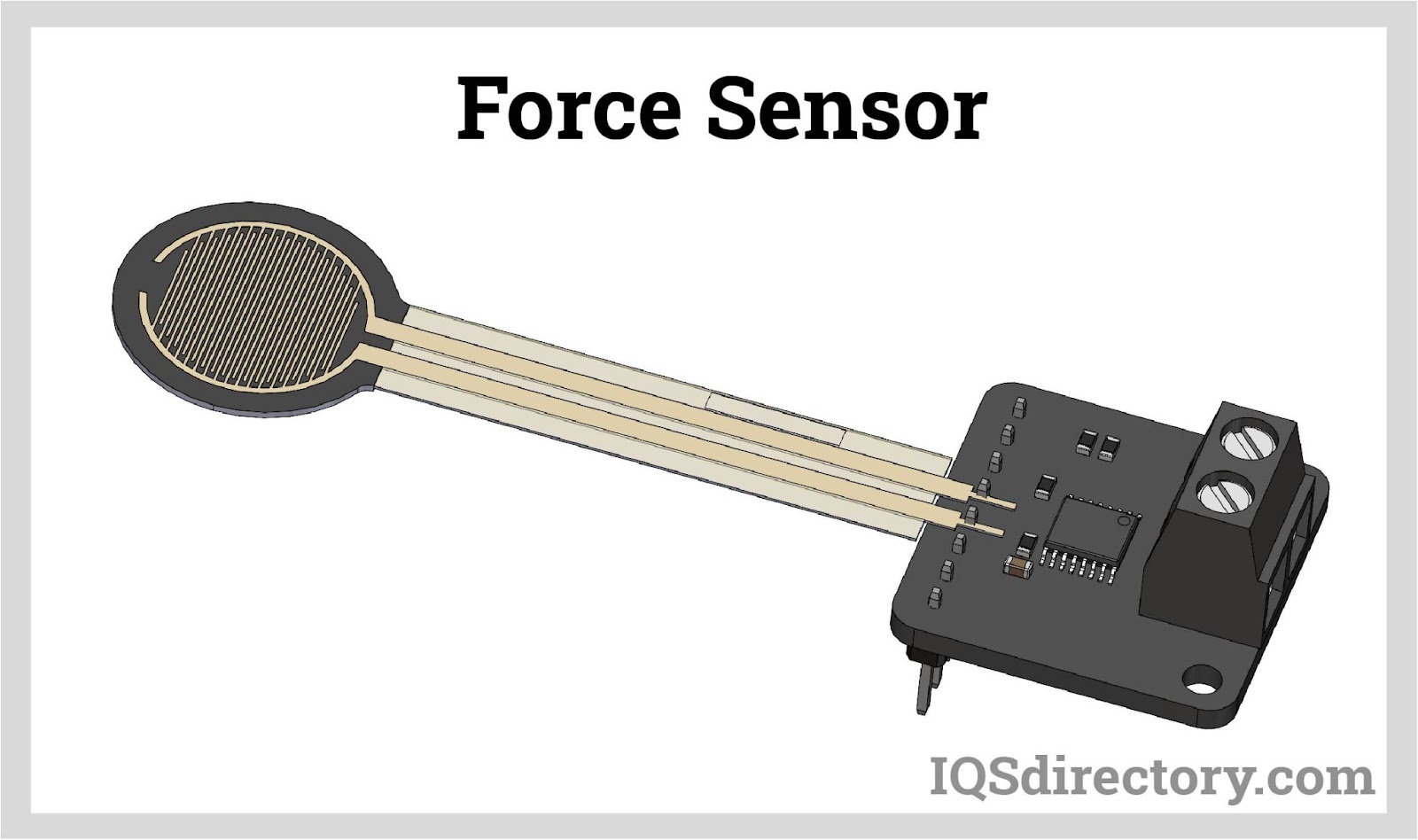
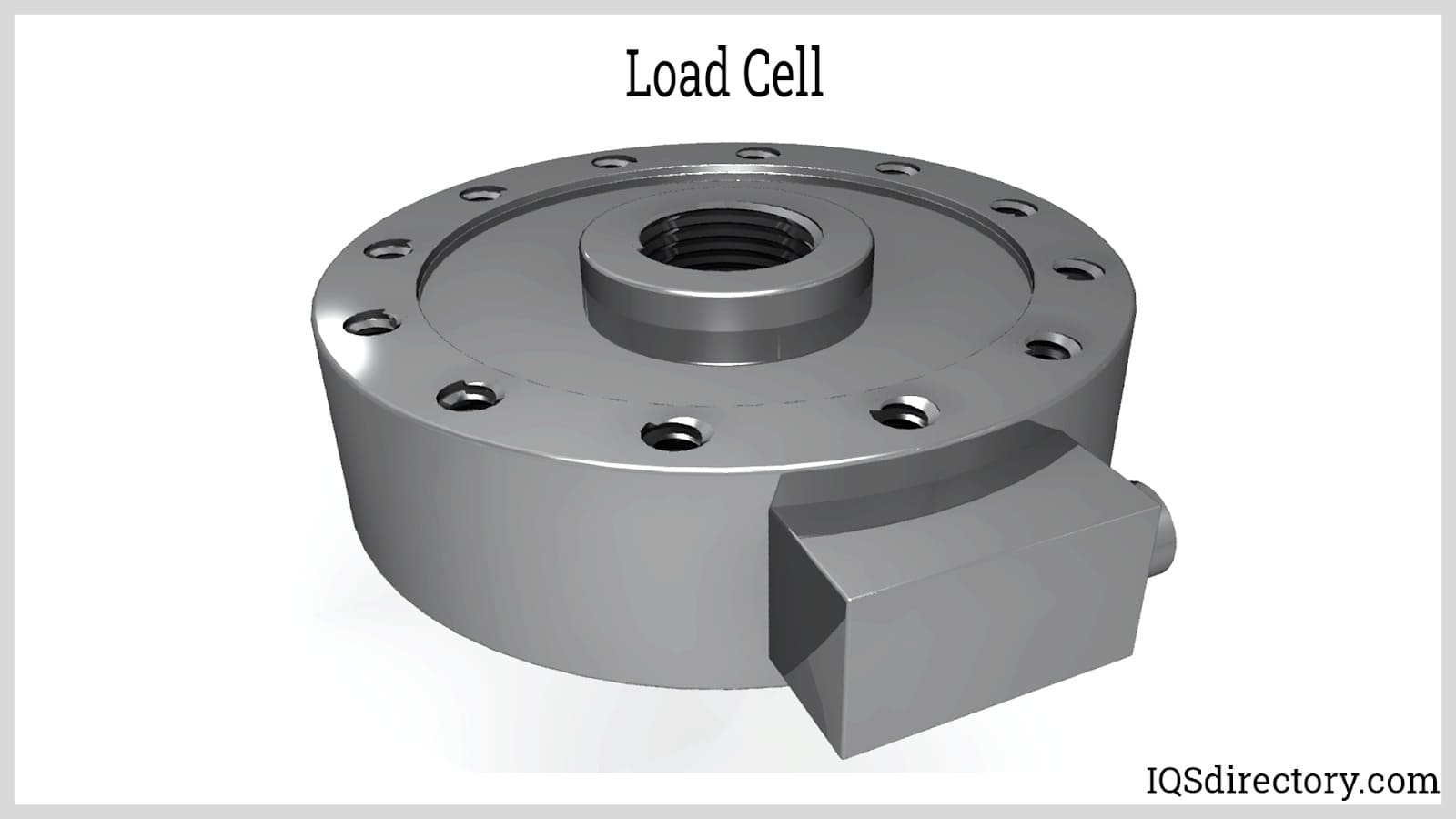
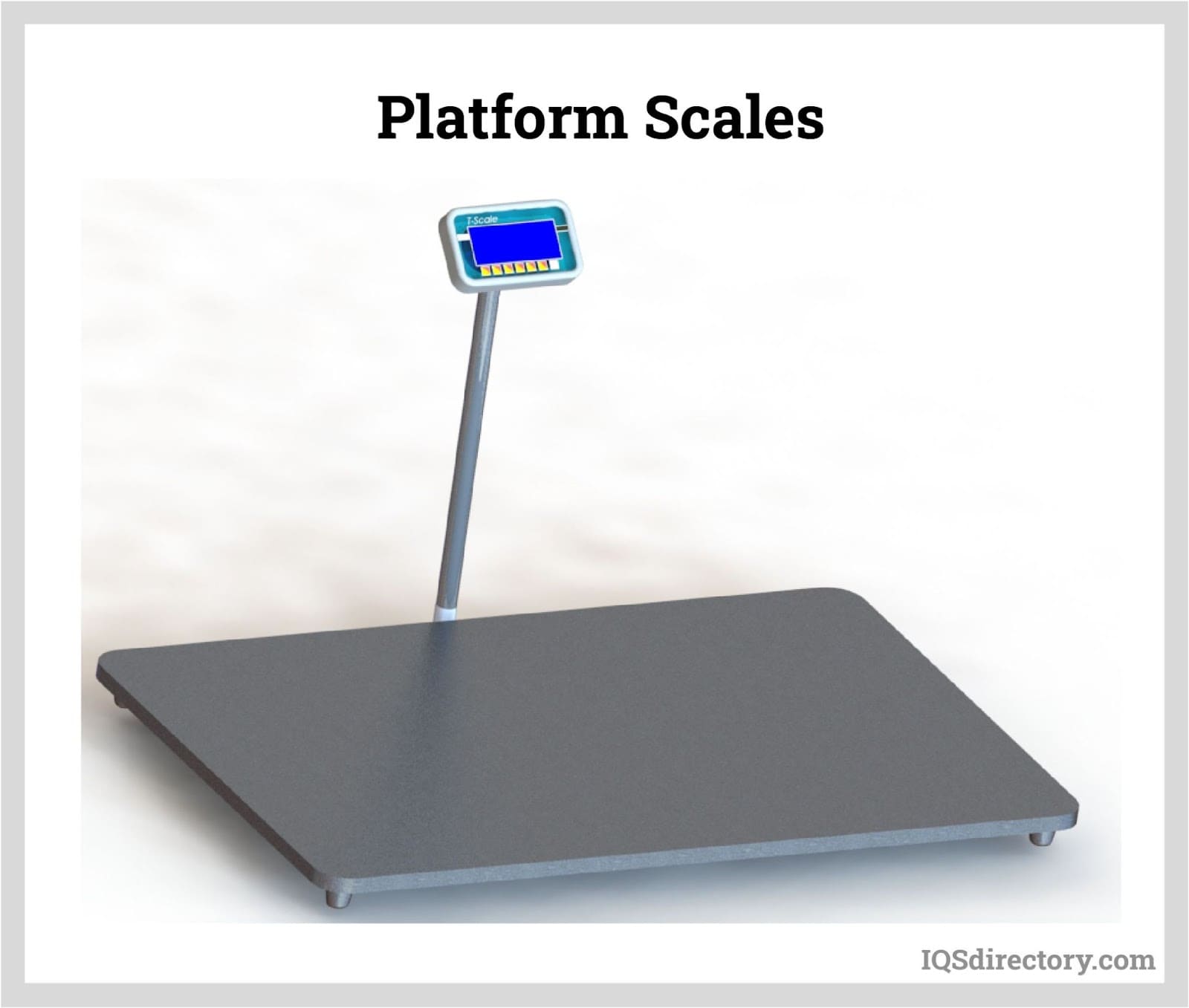
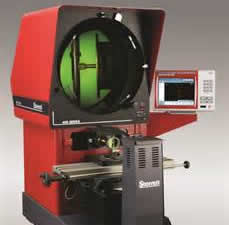 Calibration Services
Calibration Services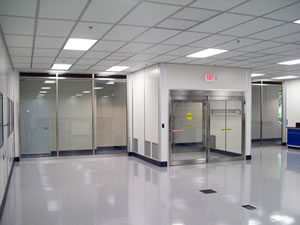 Clean Rooms
Clean Rooms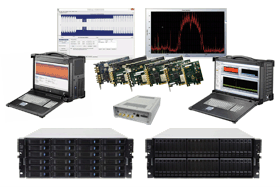 Data Acquisition Systems
Data Acquisition Systems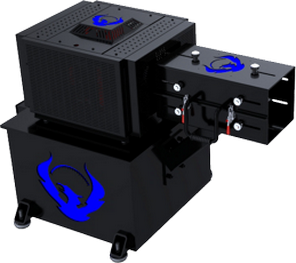 Dynamometers
Dynamometers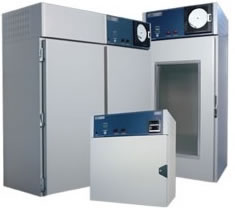 Environmental Test Chamber
Environmental Test Chamber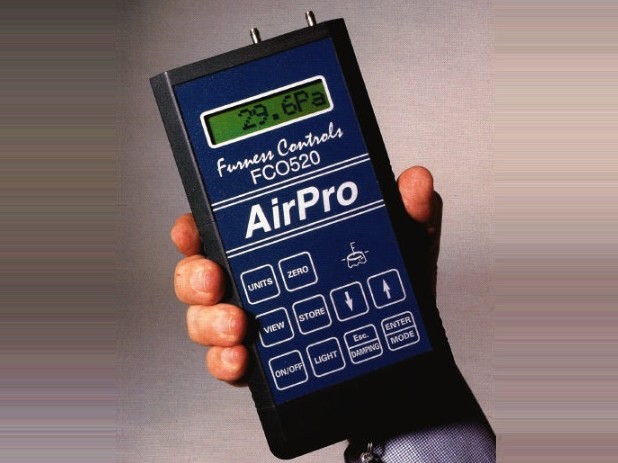 Leak Detectors
Leak Detectors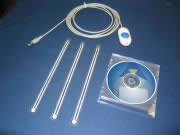 Load Cells
Load Cells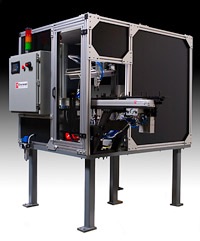 Machine Vision Systems
Machine Vision Systems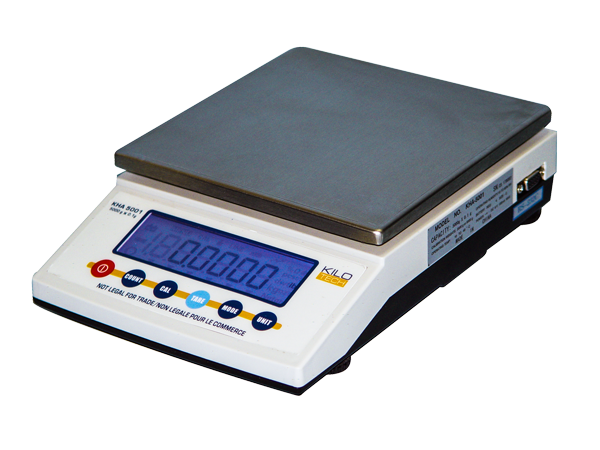 Scales
Scales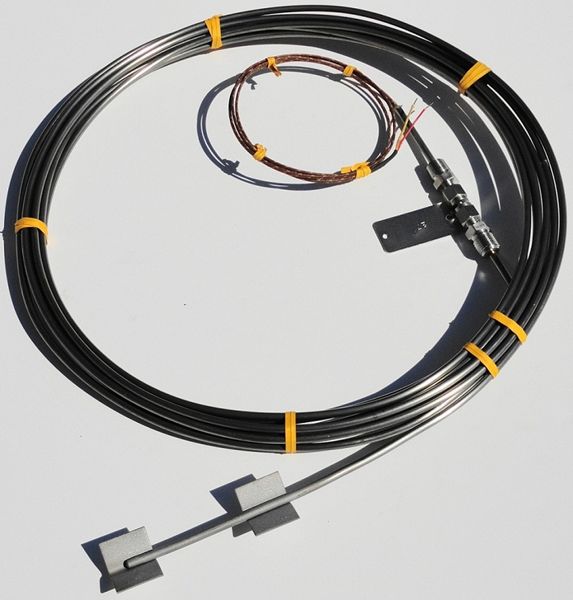 Thermocouples
Thermocouples Castings & Forgings
Castings & Forgings Bulk Material Handling
Bulk Material Handling Electrical & Electronic Components
Electrical & Electronic Components Flow Instrumentation
Flow Instrumentation Hardware
Hardware Material Handling Equipment
Material Handling Equipment Metal Cutting Services
Metal Cutting Services Metal Forming Services
Metal Forming Services Metal Suppliers
Metal Suppliers Motion Control Products
Motion Control Products Plant & Facility Equipment
Plant & Facility Equipment Plant & Facility Supplies
Plant & Facility Supplies Plastic Molding Processes
Plastic Molding Processes Pumps & Valves
Pumps & Valves Recycling Equipment
Recycling Equipment Rubber Products & Services
Rubber Products & Services